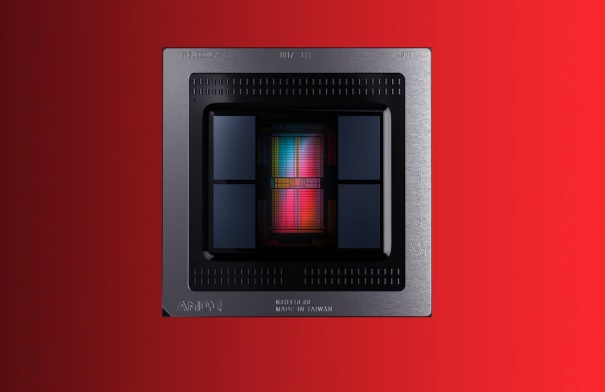AMD Big Navi could have a killer feature to battle Nvidia RTX 3080
Nvidia RTX 3080 could be challenged by AMD Big Navi if it gets Infinity Cache.

It might sound like something out of a low-fi sci-fi story, but Infinity Cache could be the key to AMD Big Navi really challenging the Nvidia GeForce RTX 3080.
Regular tech tipster momomo_us spotted a trademark for Infinity Cache, which comes a few weeks ahead of the October 28 scheduled reveal of Big Navi and the rest of the Radeon RX 6000 series graphics cards. From that we could infer that Infinity Cache will come to the new Radeon graphics cards.
- The best gaming PCs to buy now
- Nvidia RTX 3080 vs RTX 2080 Ti: Which should you buy?
- Plus: Nvidia RTX 3080 could get a huge boost to torpedo AMD Big Navi
But what the heck is Infinity Cache? Well we don’t really know, as the trademark simply says it will apply to graphics cards, as well as processors memory, storage, connectors, and a whole suite of other computer hardware.
AMD INFINITY CACHEhttps://t.co/SLGJVY9m6t♾October 5, 2020
However, we can speculate here. And that’s in part thanks to a little help from our colleagues over at Tom’s Hardware, who noted that Infinity Cache could be a way for GPU cores to share cache memory - small pools of temporary storage that allows processors to quickly gather the data they need for a given task - thus increasing the amount of L1 and L2 cache memory the cores have access to.
Large pools of cache memory, which sit close to processing units, could mean a GPU would need to make fewer trips to the larger capacity video memory on a graphics card. That’s because the more cache the greater chance of a ‘cache hit,’ whereby the data a core is after is readily available in the temporary memory; a ‘cache miss’ is when that data isn't in-memory and needs to be retrieved from other storage. As such, a larger and shared cache for its cores should allow a GPU to carry out tasks faster.
AMD has done something roughly similar before with the Infinity Fabric of its server-grade EPYC processors, where memory is shared and given tighter communication between CPUs and GPUs.
With this approach, Infinity Cache could see AMD counter balance the 256-bit memory interface bus Big Navi is expected to come with. Comparatively, the RTX 3080 has a 320-bit memory bus that delivers a memory bandwidth of 760 GB/s. We don't know the memory bandwidth of Big Navi, but given its smaller memory bus, we doubt it’ll be as high as that of the RTX 3080.
Get instant access to breaking news, the hottest reviews, great deals and helpful tips.
But more cache memory would circumvent the slower memory bus, as theoretically - and we stress this is all based on speculation - the GPU cores would need to make fewer trips to the VRAM on the Big Navi graphics card. That could give it the edge it needs to compete with the RTX 3080.
We’ll find out more in a matter of weeks. But so far Big Navi and the rest of the Radeon RX 6000 graphics cards are shaping up to be proper Nvidia RTX 3000-series competitors. That’s an exciting prospect to any gaming PC builders looking to put together a new machine this fall.

Roland Moore-Colyer a Managing Editor at Tom’s Guide with a focus on news, features and opinion articles. He often writes about gaming, phones, laptops and other bits of hardware; he’s also got an interest in cars. When not at his desk Roland can be found wandering around London, often with a look of curiosity on his face.
